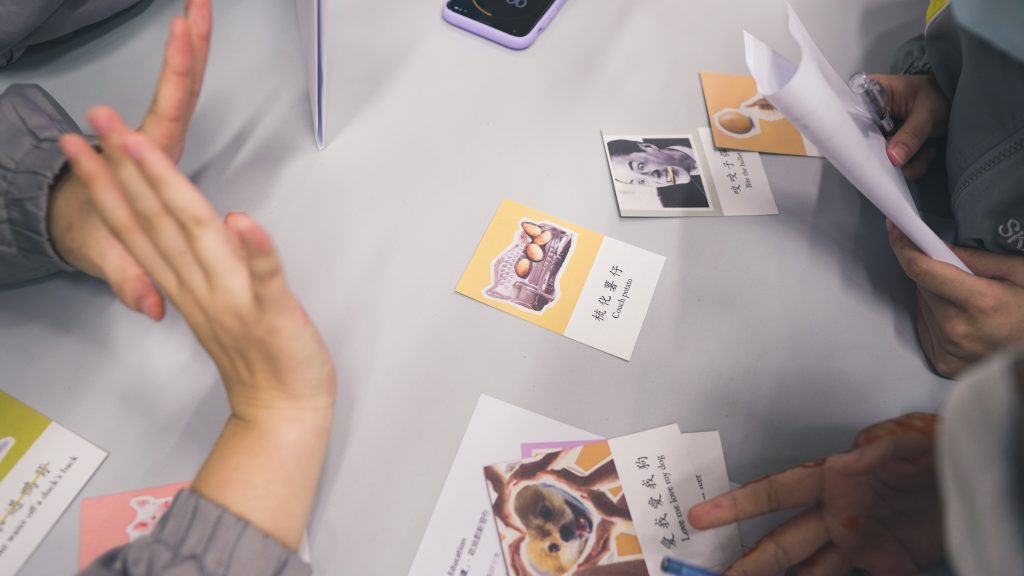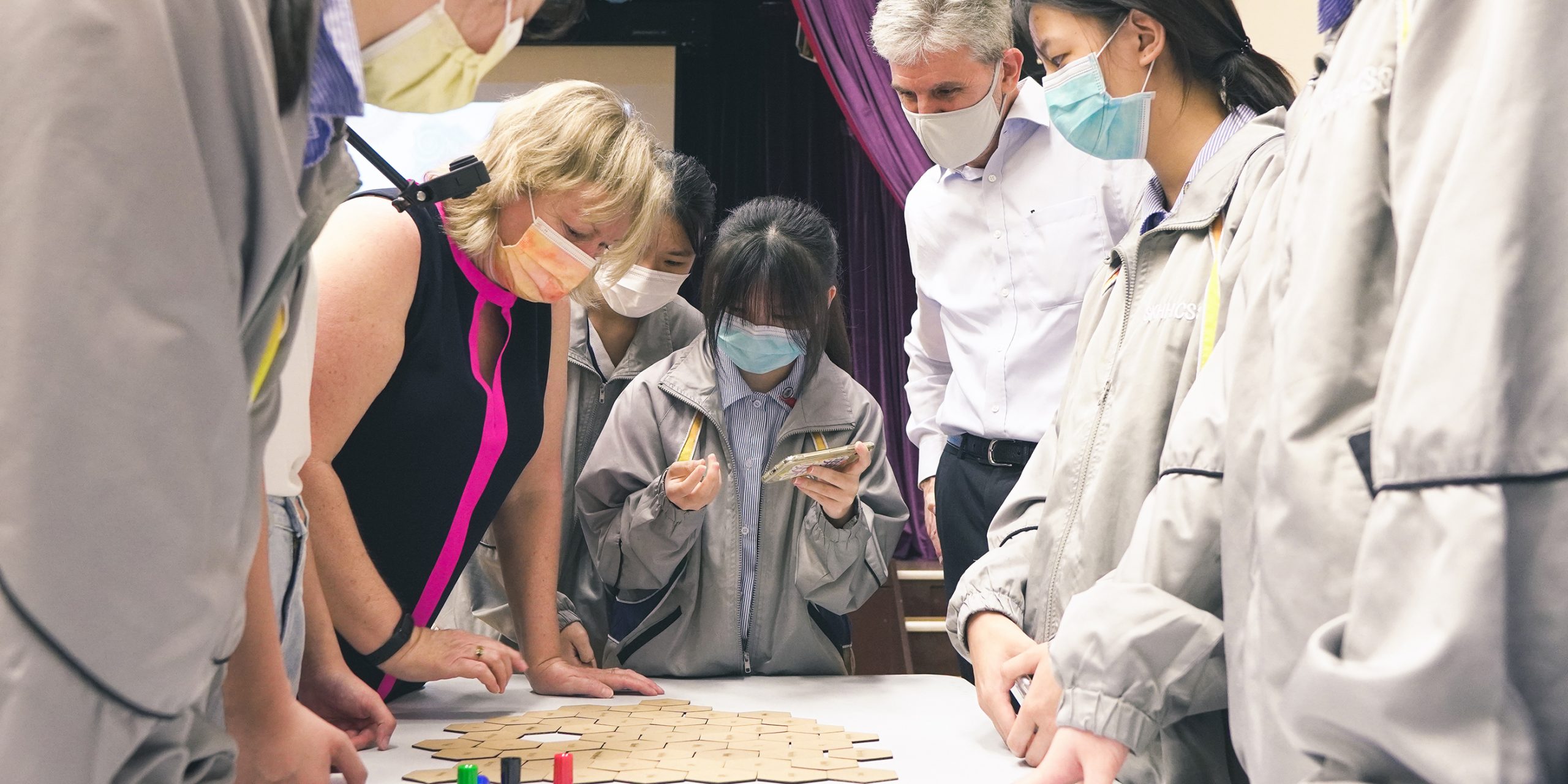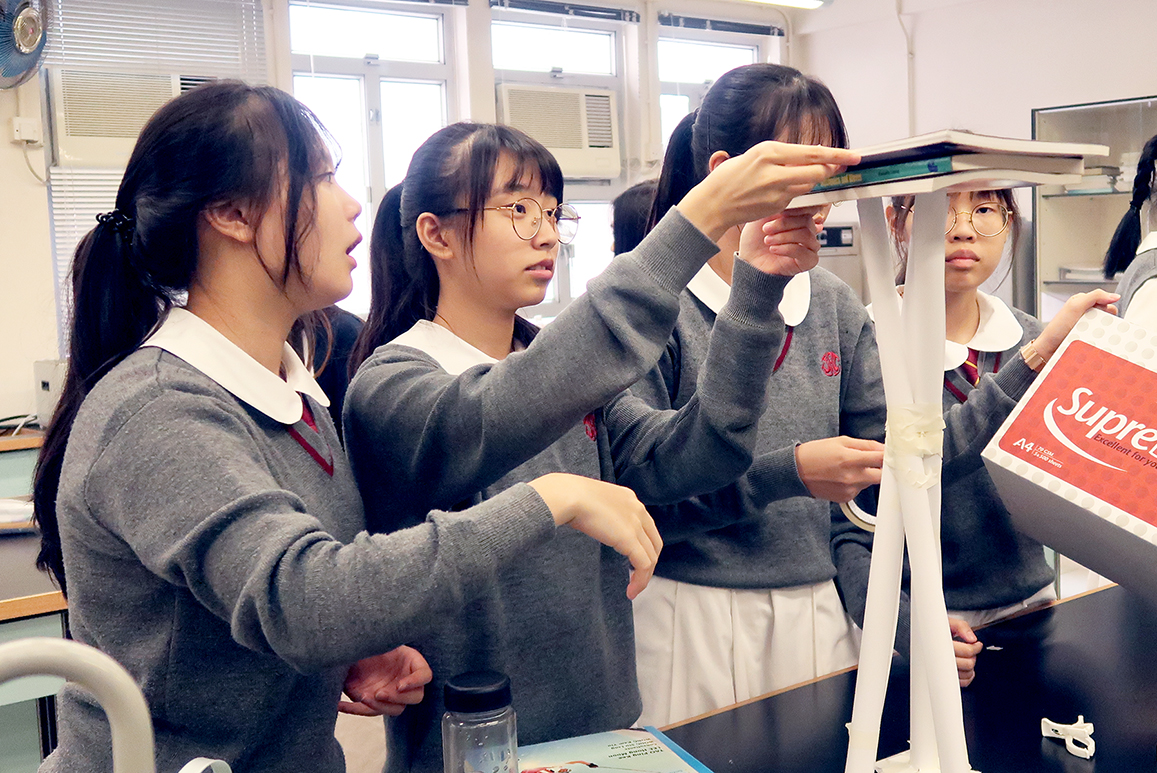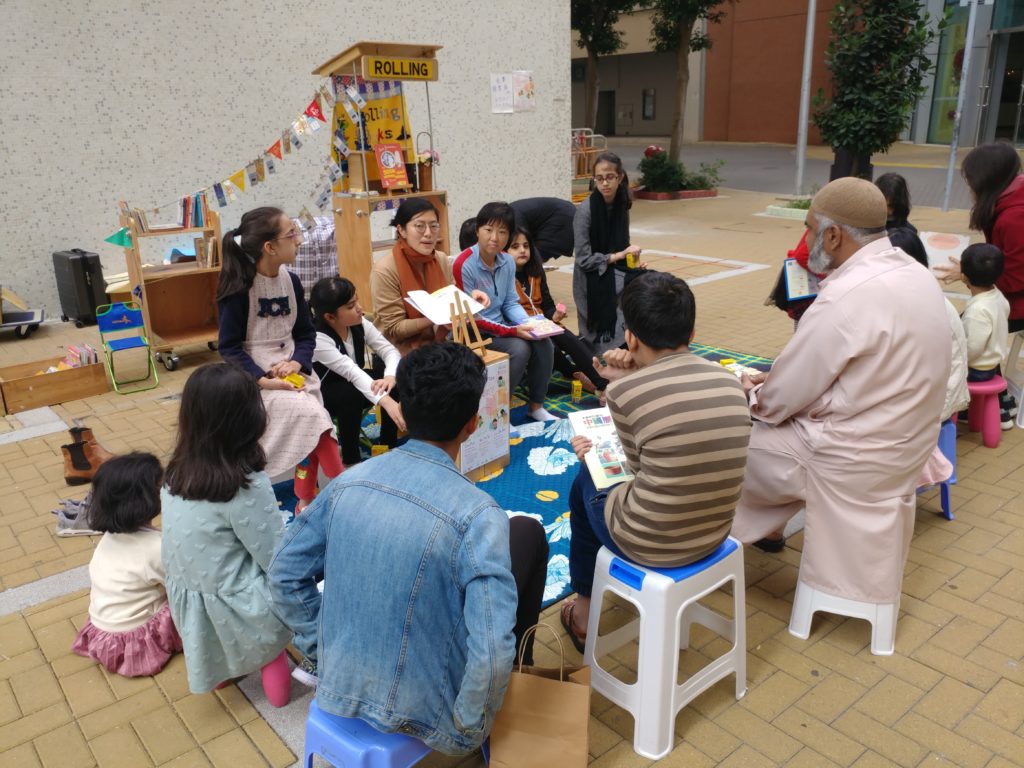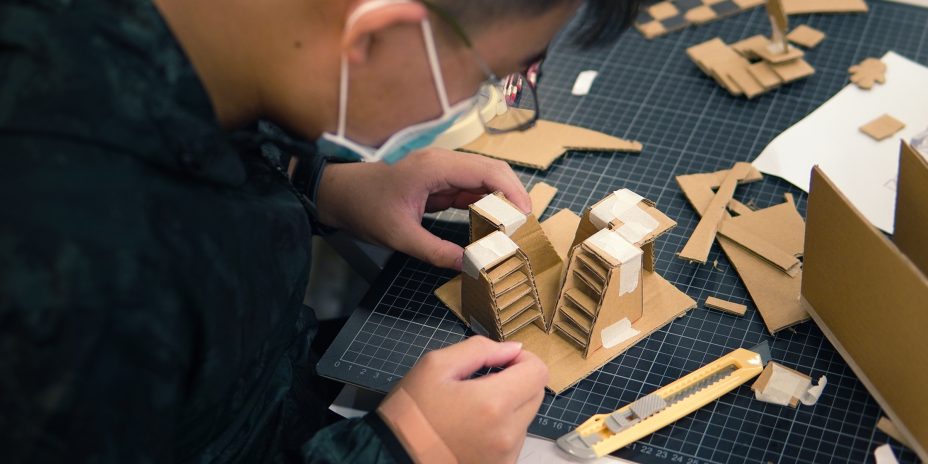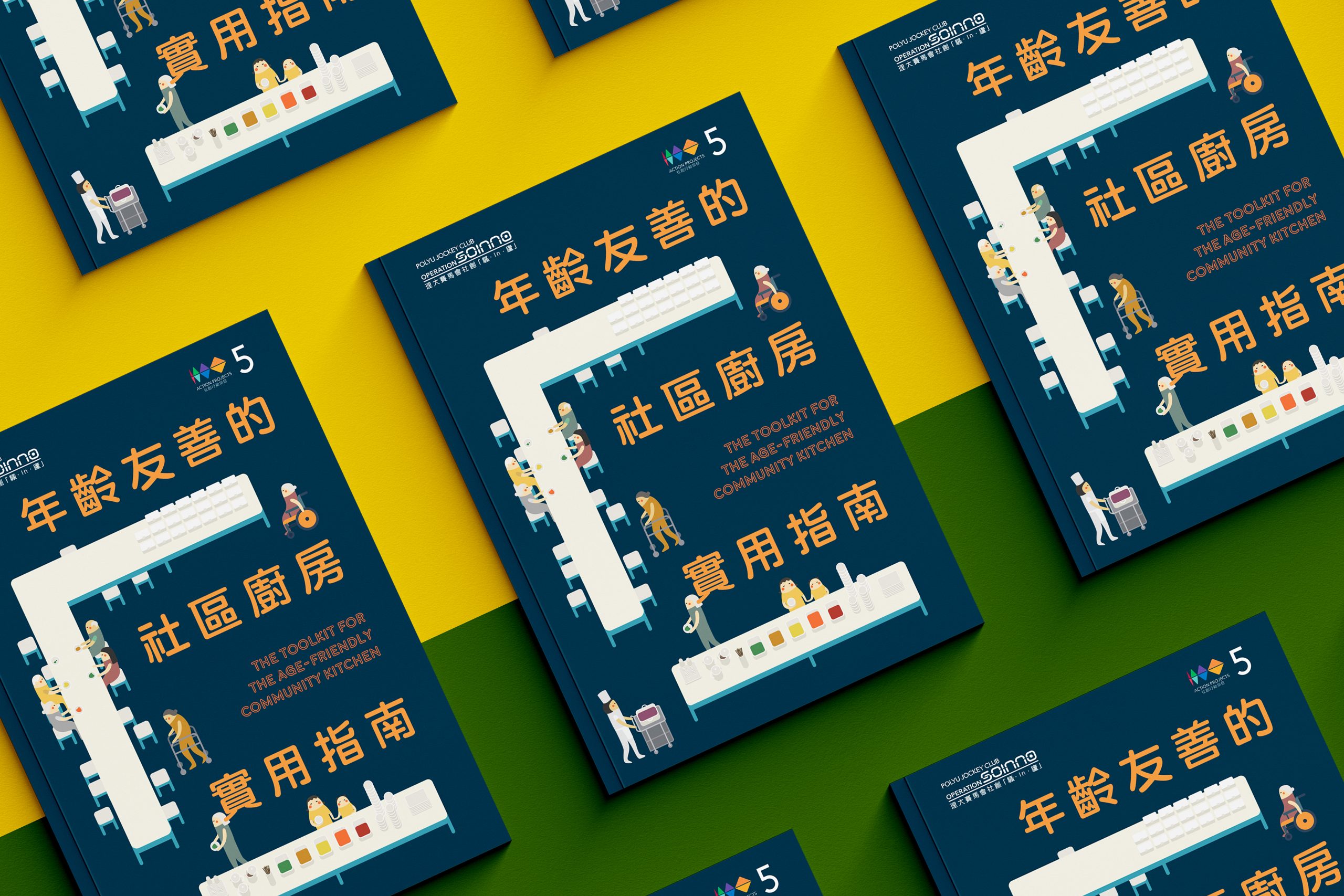OVERVIEW
In traditional teaching, educators always play the leading role. What would happen if students participate in the planning too?
From March to May 2021, JCDISI and SKH Holy Carpenter Secondary School hold workshops in which a group of form 4 students was invited. They reflected on their ways of English learning and redesign the teaching materials and activities that could fulfil the needs of the students.
THE PROCESS
Inspiration
To brainstorm, students reflected on their experience and found out their difficulties in English learning by jotting various keywords. They then interviewed the project subject-junior students and gained a deeper understanding of their circumstances. They found out students’ different emotions while learning English and put them into groups and tried to identify the students’ needs.

Ideation
To find out different solutions, the method of association is introduced. Students are facilitated to recall their learning experience in other aspects and try to adapt those methods to English learning. These experiences are then adapted into teaching methods.
Prototyping was used to illustrate the teaching materials and activities. Therefore, other students and teachers can have a better understanding of them. For instance, some groups made interactive cards, in which students can learn English through slang and movie quotes. Some students even suggest campus adventures, dramas and boardgames, in which students can practice English in different circumstances.
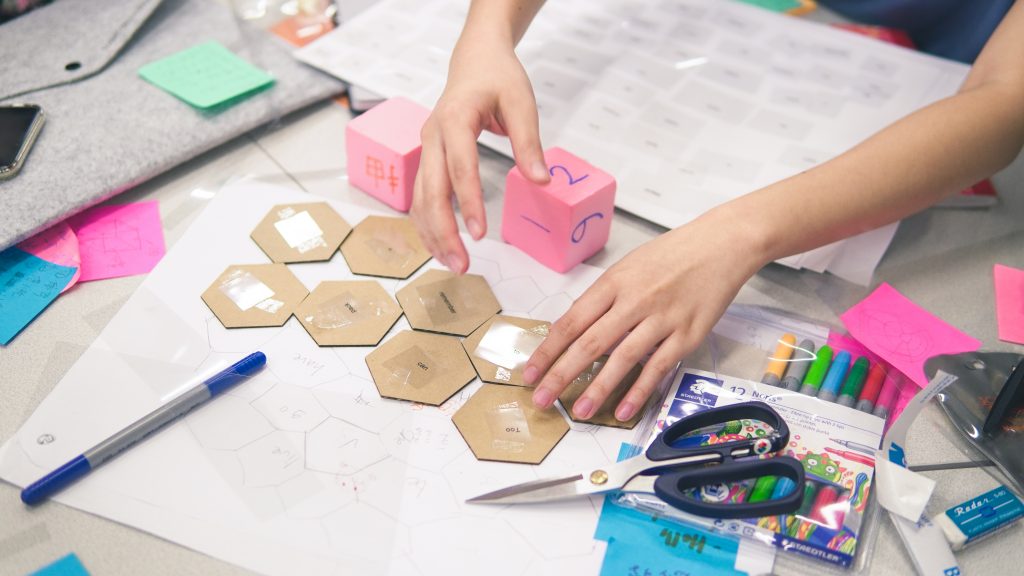
Implementation
Transferring solutions
We are used to putting the focus on the difficulties in sight, while we are figuring out a solution plan. This lack a broad perspective and even if the situation is improved, the root problems are never tackled. For instance, learning English has been a great hurdle for many students and they reflected that the hardest part is memorizing vocabulary. However, the typical solution was to encourage the students to learn more vocabulary. This may not be the worst solution, but it cannot solve the root problems in a systematic way, nor understand the needs of these students. Tackling the surface problem cannot improve students’ effectiveness in learning.
Therefore, we encouraged students to recall their learning experiences in different aspects. They are encouraged to use the method which has been successful in other aspects on the issues they are facing now. The idea behind this is to learn from their successful experience and find out their effective learning methods.
Students were always encouraged to ask questions like “What if” and “imagine if”. This inspired them to use the successful practice on English learning.
- One of the groups recalled how easy it was for them to learn and spoke slang. They then associated those experiences with English learning and found out that it could actually induce their fellow schoolmate’s curiosity. As it is not easy to understand slang, this encouraged students to take initiative to learn the context behind it. In view of this situation, students designed a set of “slang cards” as a teaching tool. They used word-to-word translation to translate some English slang and idioms into strange-sounding Chinese, paired with images. This allows them to know more about English culture in a lively way.
- Moreover, when they were making the cards, they found that some English and Chinese words may seem to have the same meaning at first glance, but their actual meaning is quite different. For instance, the idiom “like water off a duck’s back” is to emphasize that it does not have any effect on the person being criticized; while the word-to-word identical Chinese phase (水過鴨背) means “unchalant”. These active learnings stimulated students’ interest in learning.
